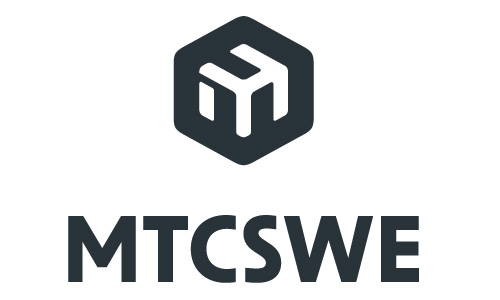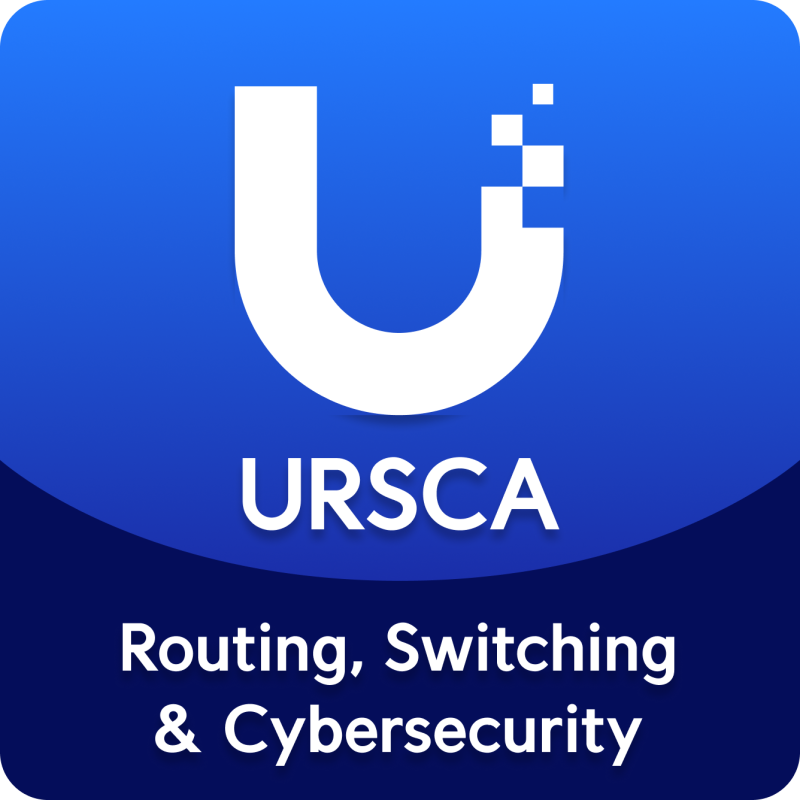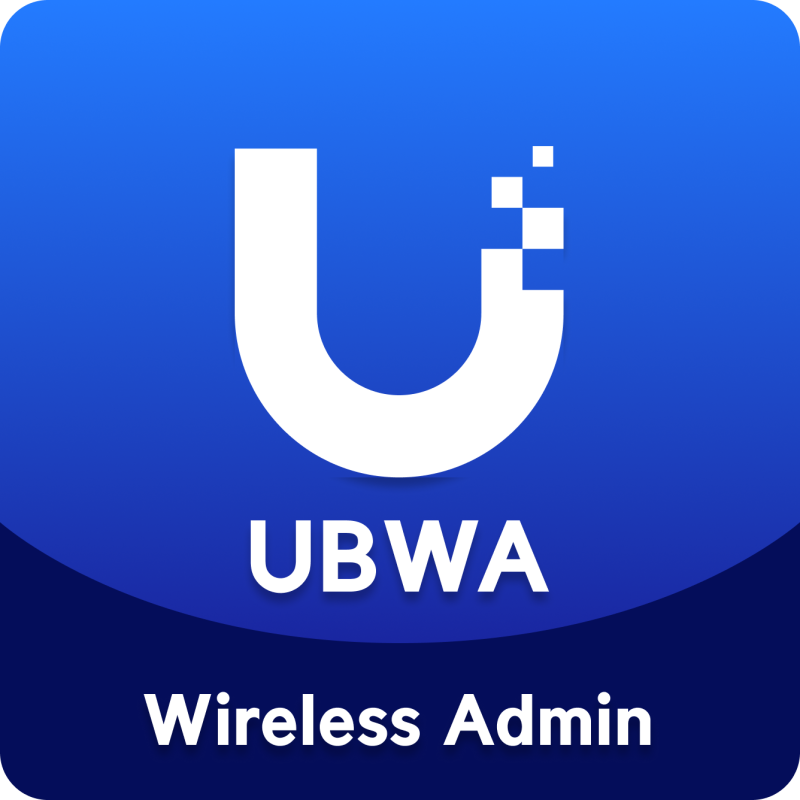Description
The MikroTik Certified Switching Engineer (MTCSWE) is a three-day intermediate-level training course that teaches RouterOS Layer 2 forwarding techniques, hardware switch chip and bridge features. It’s designed for network engineers and technicians who want to deploy and support Layer 2 based networks.
What’s covered:
Introduction
- Layer 2 forwarding concepts
- Unicast, multicast and broadcast traffic
- MAC learning in bridges and switches
- Interface settings
- RouterOS bridge overview
- RouterBOARD switch chip overview
- RouterBOARDs with basic switch chips
- Cloud Router Switch (CRS) series devices with
- advanced switch chips
- SwitchOS (SwOS) brief overview
MTU
- MTU
- RouterOS bridge overview
- L2MTU
- Jumbo frames
- Potential MTU issues
VLAN
- 802.1Q and 802.1ad VLAN overview and tagging concepts
- RouterOS VLAN interfaces
- Port based VLAN (VLAN bridging)
- Inter-VLAN routing (‘router on a stick’)
- VLANs in basic switch chips
- Port based VLAN
- VLANs in bridge interfaces
- Port based VLAN
- MAC based VLAN
- Protocol based VLAN
- QinQ (802.1ad)
- QinQ implementation with bridge VLAN filtering
- QinQ implementation with VLAN interfaces
Spanning Tree Protocol
- Spanning tree protocol (STP) concepts
- STP bridge priority
- STP port path cost
- STP and RSTP comparison
- Multiple Spanning tree (MSTP) concepts
- MSTP definition
- MSTP regions
- CST/CIST
- Bridge protocol data unit (BPDU)
- Spanning tree security
Link Aggregation
- RouterOS bonding
- Bonding modes
- Compatibility with other static link aggregation
Port Isolation
- RouterOS bridge horizon
- Switch port isolation
QoS
Layer 2 QoS (802.1p)
- RouterOS bridge filter priority
- CRS priority configuration
- Traffic shaping
- Bandwidth limiting in bridge with queues
- Bandwidth limiting in switch chip
Layer 2 Security
- IGMP snooping
- DHCP snooping
- Loop protect
- Traffic storm control
- Layer 2 firewall
- RouterOS bridge filter features
- Switch access control list
- BPDU guard
- ARP modes
- Port security
- 802.1X
- Switch security
PoE
- RouterOS PoE modes and compatibility
- RouterOS PoE priority settings
- RouterOS PoE monitoring
Tools
- Layer2 diagnostic tools
- Port mirroring
SwOS
- Introduction to SwOS
- RouterBOARD dual-boot compatibility
- Installing SwOS
- Managing SwOS
- Configuration of Layer 2 Features with SwOS
- VLANS
- (R)STP
- Port trunking
- QoS
- Layer 2 security
By the end of this training, participants should be able to configure and control Layer 2 forwarding using MikroTik networking solutions.







